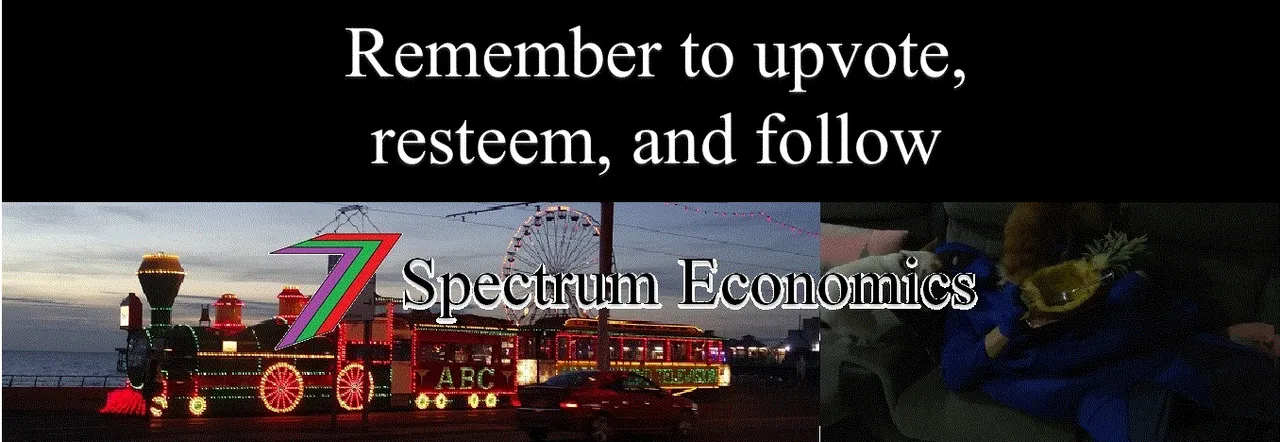
This is Part 1 of a short series relating to the economic concept ‘scarcity’. In Part 1 I will discuss what is typically meant by scarcity and the possible implications using some very basic examples. It is important to understand what is meant by scarcity as it is such an important topic in economics. It is important to understand scarcity as it is often used to manipulate the general population and maintain power for the global elite.
What do I mean by scarcity?
Many economists consider scarcity as the number one economic problem. Many of the introductory courses to economics start with scarcity or at least include it early in the syllabus. Scarcity has become a part of several definitions of economics.
Lionel Robbins (1932), whose definition is often quoted in text books, defines economics in the following statement:
‘Economics is a science which studies human behaviour as a relationship between ends and scarce means which have alternative uses.’
So what is scarcity?
In short, scarcity can be defined as too many people chasing too few goods and services. There are insufficient resources to cater for all the needs and wants of everyone. To put this even more simply, imagine you have a person, let’s call him Fred. Fred has just one banana. There are three people who want this banana. Let’s call these people Clonk, I.R., and Patrick.

Fred needs to decide who should have this banana. So Fred decides that he will give the banana to whoever can make the best offer. Clonk, I.R. and Patrick offer different things to Fred. Clonk offers a hammer, I.R. offers a car, and Patrick offers a pineapple.
Clonk and his hammer
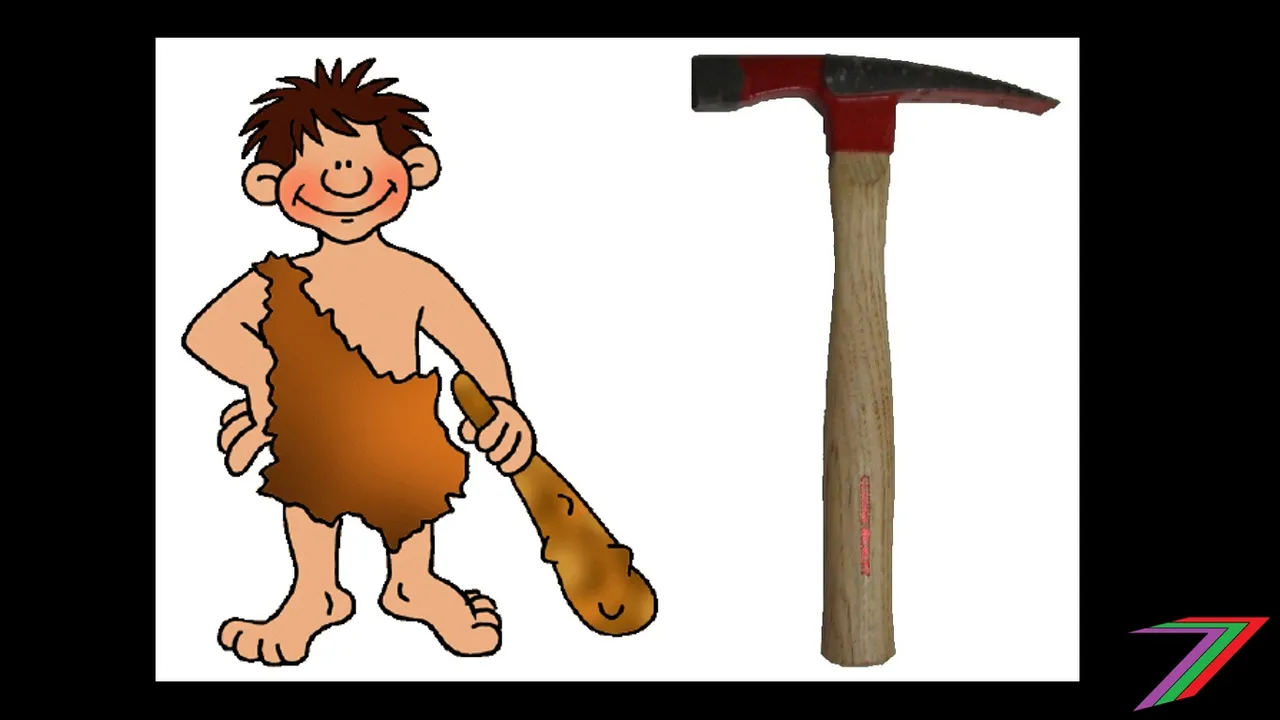
I.R. and his car

Patrick and his pineapple (probably stolen from SpongeBob)
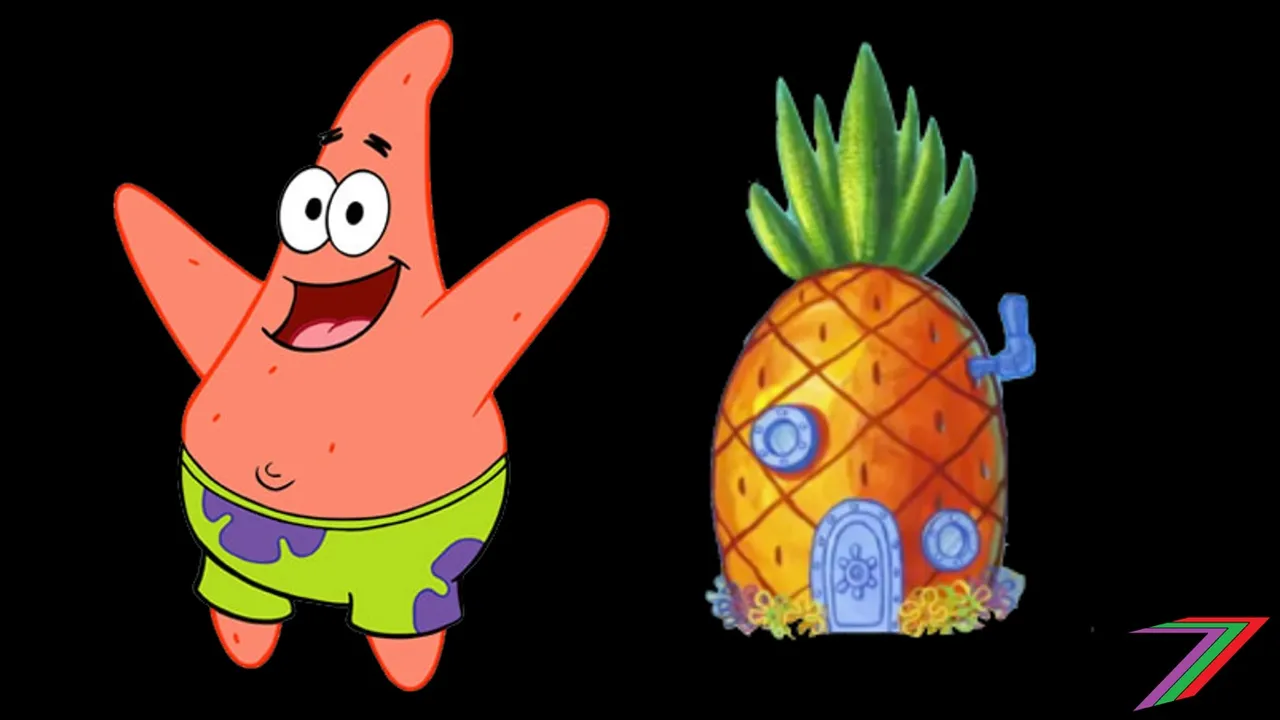
Fred’s perceptions will determine, which offer is best. The best offer to Fred will most likely be whatever gives him the most satisfaction directly or whatever he believes he can trade to obtain something else that will give him even more satisfaction.
Out of the hammer, car, and pineapple, Fred decides that the pineapple offers him the most satisfaction. Therefore, Fred trades his banana for Patrick’s pineapple. Clonk and I.R. lose out. If the banana and pineapple are the only available food source they will starve. A big disadvantage of scarcity is that those that do not possess the means to acquire the goods or services have to make do without.
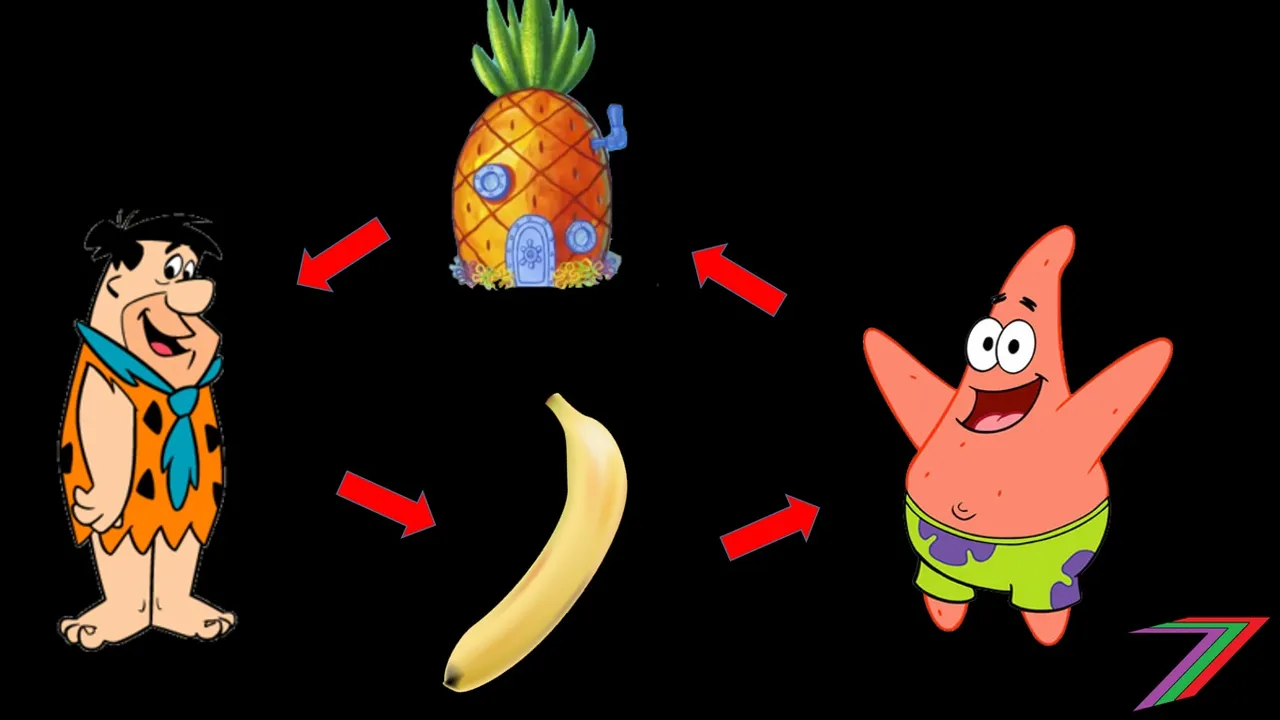
Fred could make a different decision based on what he believes could offer the best opportunities in another trade. In this case, Fred trades his banana for I.R.’s car. This time Clonk and Patrick lose out. This poses a risk that Fred will not be able to trade the car. If that happens he will be worse off than if he had taken the pineapple from Patrick.
What if after the trade has been made, Fred meets Daria? Daria has two pineapples and she is willing to trade them for the car.

Fred is better off as he has two pineapples instead of just one. Daria has the car she wanted. Clonk still loses out and Patrick now loses out instead of I.R.
Introduce Money
So far we have looked at scarcity in terms of barter trade. What if we throw money into the mix. I will not explain too much about the concept of money but basically it needs to have the following characteristics.
- Durable
- Divisible
- Convenient
- Consistent
- Possess value in itself
- Limited in quantity
- Universally accepted
Generally just precious metals such as GOLD and SILVER possess the above characteristics. Even gold and silver are not perfect. There are limits to divisibility and convenience. This can be seen to be particularly true when efficiency greatly reduces the costs of production. Therefore, gold and silver coins would need to be produced in smaller denominations. This is because gold and silver which are finite in supply will become more valuable in comparison to goods and services renderable. An alternative approach to improve convenience would be to produce an electronic representation of the money. This would mean making payments in gold and silver possible without the gold and silver being physically moved around.
Enough about money. Let’s get back to scarcity and our example.
What happens to our scenario if Clonk, I.R. and Patrick have money instead of their goods?
Let’s imagine that Clonk has $15, I.R. has $100, and Patrick has $5.
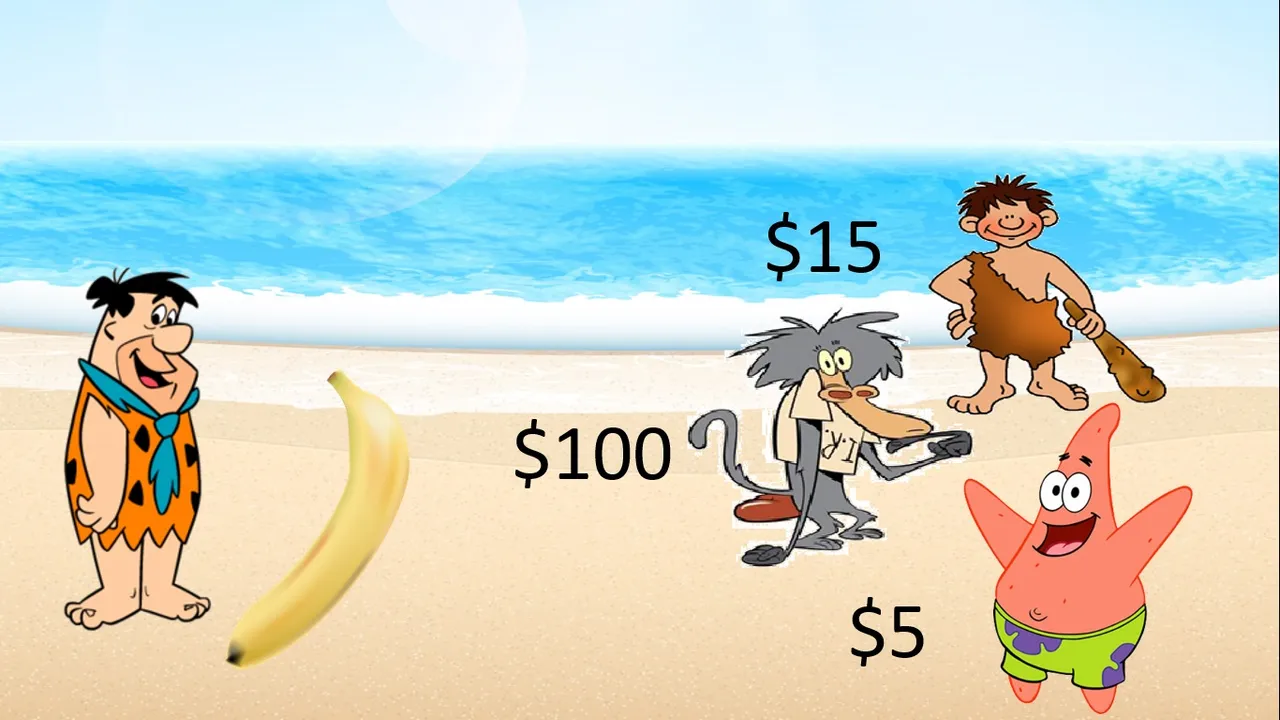
If all of them are willing to pay all their money for the banana and everyone is aware that this is the case. Fred should sell his banana for $100 to I.R. It is possible that Fred does not know how much I.R. is willing to pay for the banana. Therefore, it is possible that Fred will sell the banana for less than $100.
Clonk and Patrick would have to use their money on something else or just go without. That is the nature of scarcity. The power lies with the people that hold the scarce asset and those with the most wealth. The losers from scarcity are those who do not hold scarce assets and those with limited wealth. In our example Clonk and Patrick are the losers.
Does scarcity actually exist?
Most economists will argue that scarcity exists. Scarcity is a key area taught in basic economic courses. Scarcity seems to appear everywhere in the world. In 2017, according to makewealthhistory.org, there were about 800 million people living on less than US$1.25 a day. This could be seen as a very strong indication of the existence of scarcity. This could also be seen as an indication of a number of other things. According to Oxfam, there is sufficient food production in the world to feed everyone. A bigger problem might in fact have to do with the distribution of wealth. Remember I mentioned that scarcity favours the owners of scarce assets (it might be more correct to say perceived scarce assets) and those with the most wealth.
This takes me to the end of Part 1 of my scarcity posts. In Part 2, I will question the existence of scarcity. In Part 2, I will demonstrate that scarcity is not a natural problem but a problem created to benefit particular groups in society. This post will get a lot more controversial.
For more information on basic economic concepts such as scarcity, you can watch my Economics Basics Series available at:
Thank you for spending the time to read my post.
